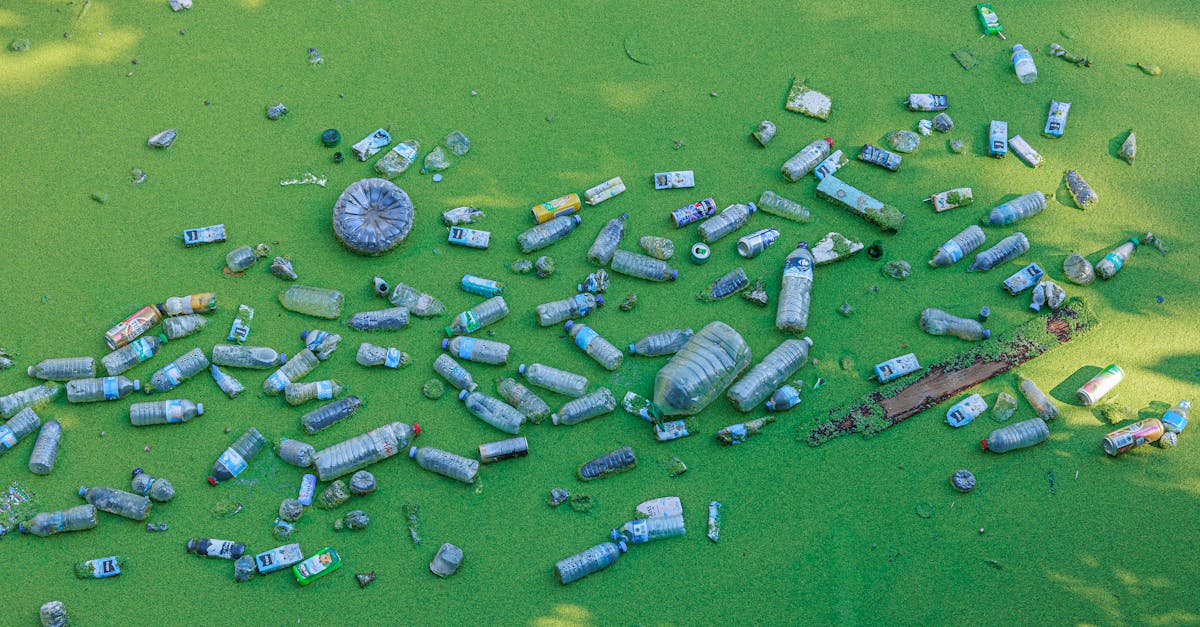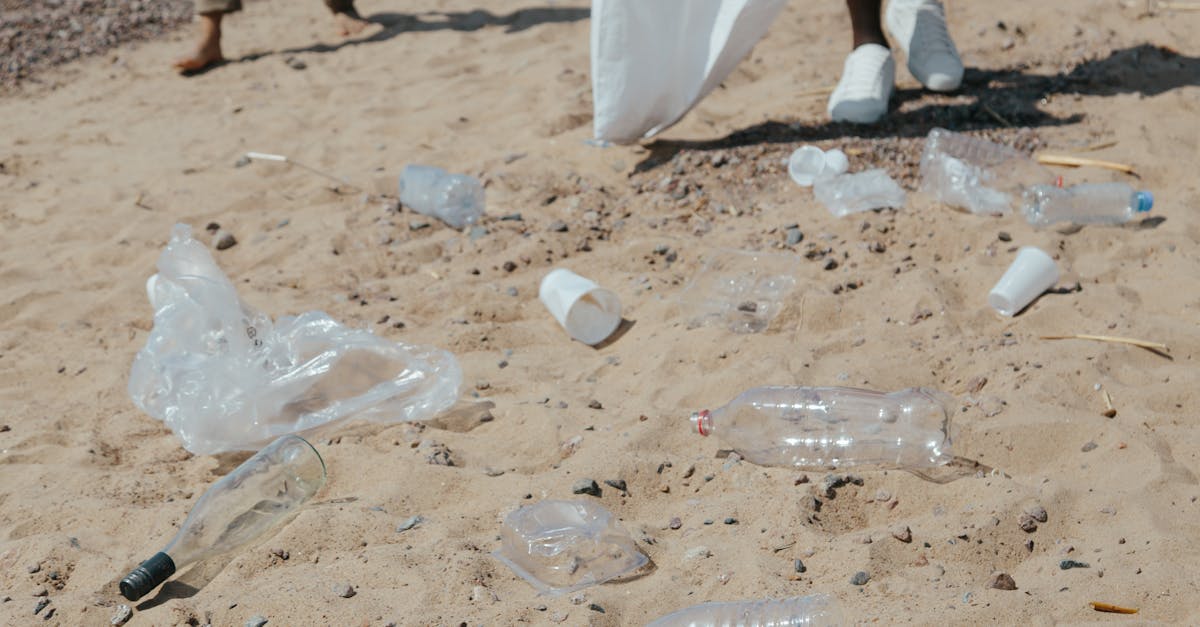Ocean Cleanup Drones Tackle Pacific Garbage Patch
Introduction
The vastness and beauty of our oceans have long been a testament to nature's grandeur. However, this beauty has been marred by human carelessness, resulting in vast stretches of pollution known as the Pacific Garbage Patch. Located between Hawaii and California, this floating island of debris covers millions of square kilometers. Recently, a groundbreaking initiative has begun using drones to tackle this environmental crisis. By removing significant amounts of waste, these technological marvels offer a beacon of hope for a cleaner future. Let’s dive deeper into how drones are revolutionizing ocean cleanup.
Advertisement
Understanding the Pacific Garbage Patch
The Pacific Garbage Patch, often overshadowed by its size, is one of the most pressing environmental concerns today. Consisting of two major collections of debris - the Western and Eastern garbage patches - it primarily comprises plastic waste. These plastics, due to ocean currents, become concentrated over time, forming massive patches rather than a single island. Estimates suggest there could be over 1.8 trillion pieces of plastic in the patch, weighing as much as 80,000 tonnes. The environmental implications of such debris are severe, threatening marine life and ecosystems.

Betül Şimşek/Pexels
Advertisement
The Role of Drones in Cleanup Efforts
Drones have emerged as a revolutionary tool in the battle against ocean pollution. Traditionally, cleanup operations were time-consuming, costly, and dangerous. By employing drones, these issues are mitigated considerably. Equipped with advanced cameras and sensors, drones efficiently scout the garbage patches, identifying concentrated areas of debris. Beyond mere surveillance, drones equipped with nets and collection mechanisms physically remove plastics, showcasing their dual functionality. This innovative approach ensures thoroughness, speed, and precision, transforming traditional cleanup operations.
Advertisement
Technological Innovations and Features
The success of these drones stems from their state-of-the-art technology. Many are engineered with Artificial Intelligence to recognize and differentiate between plastic types, ensuring a targeted and effective cleanup. Some models are solar-powered, granting them longevity in long-term missions without refueling. Additionally, onboard data collection systems provide real-time feedback to scientists, improving subsequent strategies. This blend of technology ensures that each operation is responsive, adaptive, and refined.
Advertisement
Environmental and Economic Benefits
The impact of these drones goes beyond environmental cleanliness. Reduced ocean pollution presents significant advantages to marine ecosystems, helping restore biodiversity. Cleaner oceans are less toxic habitats for marine life, which in turn ensures healthier food chains and ecosystems. Economically, the tourism and fishing industries benefit from the improved state of the oceans. Regions around the Pacific become more attractive travel destinations, and fish stocks recover, benefiting local economies.
Advertisement
Challenges and Considerations in Drone Deployment
While promising, the deployment of cleanup drones faces challenges. Cost remains a significant barrier for many organizations, requiring substantial initial investments. Mechanical failures and harsh marine conditions can also disrupt operations. Moreover, while drones efficiently clear surface debris, they currently struggle with submerged waste, demanding newer technologies. Therefore, while an effective tool, drones are a part of a broader strategy that needs collaborative efforts and continuous advancements.
Advertisement
Global Implications and Future Prospects
The success of cleanup drones heralds a new era of environmental responsibility. Seeing tangible success in the Pacific, nations around the world are keen to adopt similar technologies for local cleanup operations. This global interest could spark collaborative projects, recognize universal environmental standards, and fuel innovations in related technologies. As more nations understand the potential of drone cleanups, the prospects of significant global impact in pollution reduction become achievable.
Advertisement
Encouraging Community Involvement
Rather than solely relying on technology, successful cleanup endeavors encourage community involvement. Public awareness campaigns and educational programs about the dangers of plastic pollution complement drone efforts. By engaging everyday citizens, habits regarding waste management can be altered for a sustainable future. Community-driven cleanups, alongside technological solutions, create a holistic approach and inspire a united front against pollution.
Advertisement
Government and Policy Support
Governments bear the responsibility to support and facilitate these technological advancements. Through policy changes and financial aid, they can drive research and development of robust cleanup technologies. Enforcing stricter waste management policies, incentivizing eco-friendly practices, and collaborating on international agreements further bolster cleanup operations. Effective policy frameworks ensure that profound change isn’t short-lived but enduring.
Advertisement
Conclusion
The deployment of drones for tackling the Pacific Garbage Patch marks a monumental step forward in environmental conservation. These drones embody the harmony of technology and nature, offering a practical solution to an overwhelming problem. However, technology alone can't solve ocean pollution—it requires the support of communities, governments, and industries. As the world moves forward with these collaborative efforts, there is ambition and hope that the oceans will once again reflect untainted natural beauty. Let this serve as a reminder of the potential for change and the responsibility to safeguard our planet.
Advertisement
